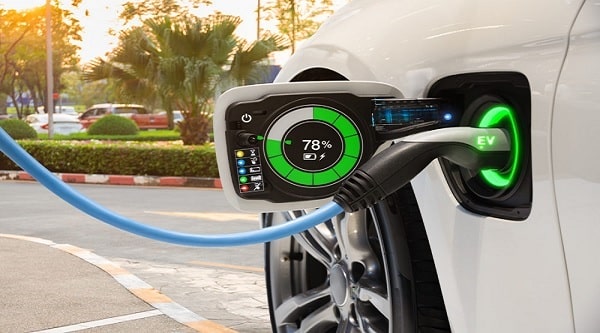
- What percentage of cars will be electric by 2030?
- What percentage of cars will be electric by 2025?
- What Year Will electric cars take over?
- What percentage of cars will be electric by 2022?
Electric vehicles have a number of benefits.
One of the most favorable factors for an electric car is that it does not need to use gasoline or diesel as fuel, which has become more expensive recently as inflation has continued to rise. Charging sockets can be installed at home, and there are now public charging points across the UK.
One of the most talked-about benefits of owning an electric vehicle is the convenience of charging at home. That means parking at home is like going to the gas station every day. The benefits are especially pronounced for people who own their own home or have access to a charging station where they live. On the other hand, this advantage can become a disadvantage if you frequently drive beyond the vehicle’s range and need to recharge on the go. However, more and more charging stations are being installed across the country, making this less of an issue.
Electric vehicles are becoming more popular.
Electric vehicles are the future! Manufacturing companies are ramping up efforts to switch from conventional cars to electric vehicles. There are many benefits to having an electric vehicle with the proper features and infrastructure. With so many positives, this could be the year to own a battery-powered car. Think and drive electric!
Electric vehicles quickly became very popular, especially in the United States. Most cars on the road in the early 1900s were electric. However, mass production of Ford gasoline vehicles and increasingly affordable gas prices quickly made EVs uncompetitive.
Electric vehicles are becoming more expensive.
Electric vehicles may also present other challenges. For example, electric cars are expensive compared to gasoline-powered cars. According to the Kelley Blue Book, the average price to buy a new electric car in the US is close to $60,000, much higher than a gasoline car. Most pure electric vehicles (not hybrids) tend to be high-end luxury cars with staggeringly high sticker prices. California’s zero-emission vehicle (ZEV) target is 1.5 million by 2025, and electric vehicle sales are soaring. In 2020, nearly 1.8 million electric vehicles were registered in the United States.
Consumers buying electric vehicles face the following issues:
Electric vehicles (EVs) tend to have higher initial costs, but you can save money over time because EVs generally require less maintenance and are cheaper to charge than gasoline. Although battery packs in electric vehicles are more expensive than gasoline-powered vehicles, they have a fairly long lifespan and come with an 8- to 10-year warranty. Therefore, you may not have to pay for the replacement out of pocket. Electric vehicles also typically have state incentives, and sometimes federal incentives, that can be used to lower the initial purchase price.



